Gold price waits for rates clues from Jackson Hole
Political turmoil in the US has the potential to 'help gold in the short and longer term'
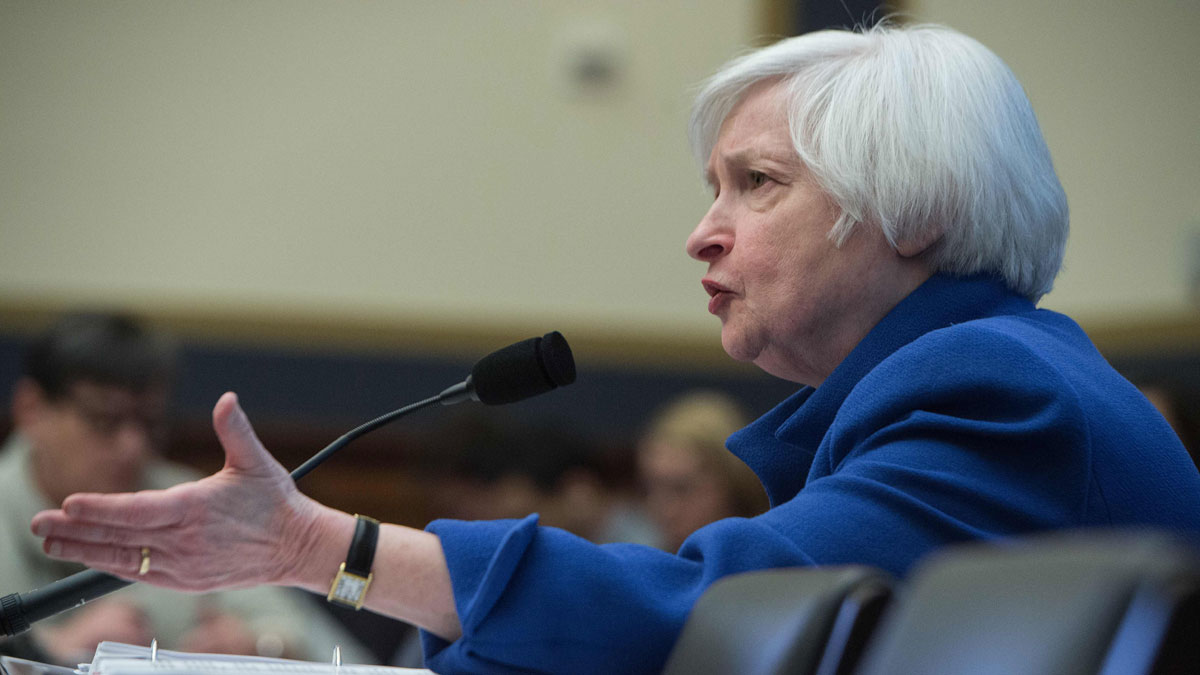
Gold price battleground shifts to $1,200
9 February
The gold price hit an eight-month high overnight, very close to $1,200 an ounce and establishing a new battleground that will determine whether the current rally turns into a prolonged upward trend.
After three consecutive annual falls during a bull market for equities and, latterly, the apparent return to an increasing interest rates, some analysts have ditched earlier predictions for gold prices to drop further. The Capital Economics think tank has called a price rise to $1,250, while Jeffrey Gundlach, the so-called "bond king", has forecast a surge to $1,400.
The Week
Escape your echo chamber. Get the facts behind the news, plus analysis from multiple perspectives.

Sign up for The Week's Free Newsletters
From our morning news briefing to a weekly Good News Newsletter, get the best of The Week delivered directly to your inbox.
From our morning news briefing to a weekly Good News Newsletter, get the best of The Week delivered directly to your inbox.
With equities drift that characterised the second half of 2015 evolving into a full-on rout and amid pessimistic warnings of a global recession, investors are rushing to safe havens – and especially gold. That expectations for a US rates hikes have dimmed and the dollar has slumped has only added impetus to the move.
On Monday, as global equities nosedived again, gold rose to its highest level since last June. In Asia overnight, the Japanese Nikkei recorded its worst one-day fall for nearly three years and the precious metal correspondingly soared to closed to $1,199 an ounce, the Financial Times notes.
This is where the climb peaked – and after sentiment settled a little in Europe this morning, the price hovered around $1,190. But the trajectory over recent weeks is clear: from a near seven-year low around $1,050 back in December, gold has been setting higher peaks and shallower troughs.
There is still a way to go before this positive move becomes something lasting, says analyst Daryl Guppy. Citing the four downward trends that dominate technical charts dating back to 2013, he says "traders are ready to switch to short trading as the market reacts away from resistance near $1,200".
A free daily email with the biggest news stories of the day – and the best features from TheWeek.com
That means rallies are likely to continue giving ground at this level and a sustained move above will be needed before investors will "go long".
"Now, the rally in gold has the potential to develop into a breakout… and become a new uptrend. But the strength and sustainability of the gold rally is still not clear," says Guppy. "This price activity may help to establish a fifth downtrend line in the fan pattern. Investors wait for proof that the price can move above and stay above $1,200. This will signal a new, sustainable uptrend."
Gold price roars to new high as traders digest jobs data
8 February
Gold prices fell back initially on Friday afternoon but ended the day on a high, vindicating predictions that a US jobs report would come to be seen positively for the precious metal.
The non-farms payroll report revealed the creation of 151,000 jobs in the US in January, a sharper fall from December's revised 262,000 than had been expected. But with wage rises picking up to 2.5 per cent and the unemployment rate actually falling further, to 4.9 per cent, the snap analysis focused on the positives and spot gold dropped from its latest three-month high of $1,161 an ounce to a session low of $1,144.
As the day wore on, however, that positivity began to fade. The report's headline drop was too high, while a stubbornly high rate of broader unemployment, which includes those seeking full-time work and under-employed on part-time hours, added to the sense given in a wide array of recent data that the US economy is not exactly firing on all cylinders.
Gold has been rising in 2016 so far, amid an equities selloff primarily because traders are extremely fearful the world economy, for which the US is a bellwether and to which it is intrinsically tied, is hitting troubled waters again. Weaker US growth and employment would also lead to the delay to interest rate increases that many are already predicting, which is good news for non-yielding gold.
So the metal bounced back strongly, eventually finishing at $1,173 in New York. This meant it recorded it best weekly gain since July 2013, of 4.9 per cent, the Financial Times notes, and it is now at the highest level since late October. There are those who believe the price could continue to surge this year to as high as $1,400.
Gold dipped a bit in a thin trading session in Asia overnight, falling to $1,165, before getting back into its upward swing and rising to $1,174 in Europe this morning. There seems little to stand in the way of its rally continuing, unless we get some underlying economic data that gives a stronger indication that a full-blown global slowdown is not on the cards.
Gold price falls back as US jobless rate hits eight-year low
05 February
The gold price came sharply off its latest three-month high in the wake of the latest US jobs report this afternoon, which showed unemployment remained at very low levels.
Fewer jobs were added across the US economy in January – less even than predicted by analysts, who saw a significant month-on-month fall. Following a revised gain of 262,000 new roles in December, and a fourth-quarter average of 274,000, companies added 151,000 jobs in January, well below the consensus forecast of around 190,000.
But the unemployment rate continued to fall and even dipped below expectations, falling to 4.9 per cent. This is the lowest official jobless rate in eight years and pushes the headline figure below the five per cent threshold that CNNMoney says many economists consider equates to "full employment". Wages were also rising steadily at 2.5 per cent, ahead of predictions of 2.2 per cent.
Overall, then, the jobs picture remains strong – and as a result, gold dived sharply in the minutes after the announcement. Having traded as high as $1,161 an ounce immediately beforehand, spot gold dropped to $1,146, though this remains well ahead of the six-year low of $1,049 reached at the end of 2015.
There is enough in the report to suggest the employment picture has not escaped a broader gloom on the economy that would delay a second interest rate rise slated for March, which in turn would be beneficial for gold. Not only was the headline rate of new additions down substantially, but underlying figures complicate the strong unemployment total.
CNBC points, for example, at a second figure quoted in the report that includes not just those looking for work and who are completely unemployed, but also "those underemployed and the discouraged" who are not working full-time despite wanting to do so. That rate has been more volatile, held firm at 9.9 per cent in January and remains above its pre-recession level.
As the figures are digested, there is therefore a good chance gold might pick up again as economic fears come again to the fore
Gold price: stars align for rally ahead of jobs data
04 February
"Gold bugs are among the only smiling investors these days," says CNNMoney, as turmoil continues on wider markets.
The spot gold price surged 1.2 per cent during the overnight Asian trading session, which Reuters notes is the biggest one-day rise since mid-January. It was at $1,146 an ounce in London this morning, well above recent resistance levels and the highest it's been since late October, after an eight per cent rally since the turn of the year.
It is easy to see why gold is surging at a time when equity markets are volatile and in broad retreat: global economic data is fuelling fears of a hiccup in the post-crisis recovery and interest rates are rooted at record lows.
"Gold tends to shine brightest during times of stress. The precious metal is viewed as a reliable store of value for investors to turn to when they're worried about economic doom," notes CNN.
These trends have only gathered momentum this week and gained a new dynamic that is further propelling gold's advance.
Data showing weakness in the dominant US services sector has emphasised the argument that economic growth is slowing. In this context, a second interest rate rise is seen as less likely in March – and some now say there should be at most one increase this year, if at all. This has smashed the dollar, against which gold is a key hedge, and sent the precious metal to new three-month highs.
There is very little that appears to be standing in the way of the rally continuing, which is why more and more analysts have turned bullish, predicting prices rising above $1,200 an ounce and even perhaps as high as $1,400.
In the short term, the one potential hurdle is the important non-farms payroll jobs report, due to be published tomorrow afternoon, which will confirm whether or not stellar improvement in the US employment market continued in January. If it has, that might be a shining light for those calling for more rates rises and could throw a spanner in the works of the gold rally.
"If we get a stronger-than-expected reading, the pendulum might swing the other way, as the Fed 'hawks' recover lost ground in the debate," said INTL FCStone analyst Edward Meir.
Gold price hits three-month high amid market volatility
02 February
The gold price has been on the up of late and it took another lurch higher overnight to touch a three-month high of $1,130 an ounce.
This is the second post-November peak established this week and emphasises the positive trajectory for the precious metal, which jumped six per cent last month to record its biggest monthly advance in a year. The spot price remained high at $1,125 in London trading this morning, a level that some analysts have cited as a key market close ceiling that, if breached, could signal an even stronger rally.
Reasons for the rush back into gold are obvious enough, given the well-publicised headwinds for the global economy. It is benefitting from a rush to safe havens amid volatility on stock markets, itself triggered by a slowdown in China and a meltdown in wider commodities that could be indicative of slowing global demand.
Helping matters yesterday was the latest evidence that interest rate projections in the US are likely to prove overly optimistic. Some reckon their fate is the key determinant for gold as increases have the duel effect of boosting rival income-generating assets and inflating the dollar, against which gold is a key hedge and negatively correlated.
The Federal Reserve issued a broadly dovish – albeit inconclusive – statement last week indicating that it would assess economic data before deciding whether to proceed with a planned second hike in March. A raft of figures yesterday showed only bad news, including a fourth month of decline for manufacturing activity in the US and flat consumer spending.
In fact, the broader picture for interest rates is downward following the Bank of Japan's shock decision to send its deposit rates negative last week. "This should be constructive for gold," INTL FCStone analyst Edward Meir told Reuters, adding that the December rise in US rates was an "outlier" and that it was likely only one more raise would follow this year.
Stronger data and a sense that rates will continue to rise, even if gradually, could still put renewed pressure on gold. In that context, the official January jobs report due this Friday is important: ongoing strength in the employment market – the main supporting factor for the December move – would ease some of the concerns that have been building in recent weeks.
-
 6 lovely barn homes
6 lovely barn homesFeature Featuring a New Jersey homestead on 63 acres and California property with a silo watchtower
-
 Film reviews: ‘Marty Supreme’ and ‘Is This Thing On?’
Film reviews: ‘Marty Supreme’ and ‘Is This Thing On?’Feature A born grifter chases his table tennis dreams and a dad turns to stand-up to fight off heartbreak
-
 Political cartoons for December 14
Political cartoons for December 14Cartoons Sunday's political cartoons include a new White House flag, Venezuela negotiations, and more
-
 What a rising gold price says about the global economy
What a rising gold price says about the global economyThe Explainer Institutions, central banks and speculators drive record surge amid ‘loss of trust’ in bond markets and US dollar
-
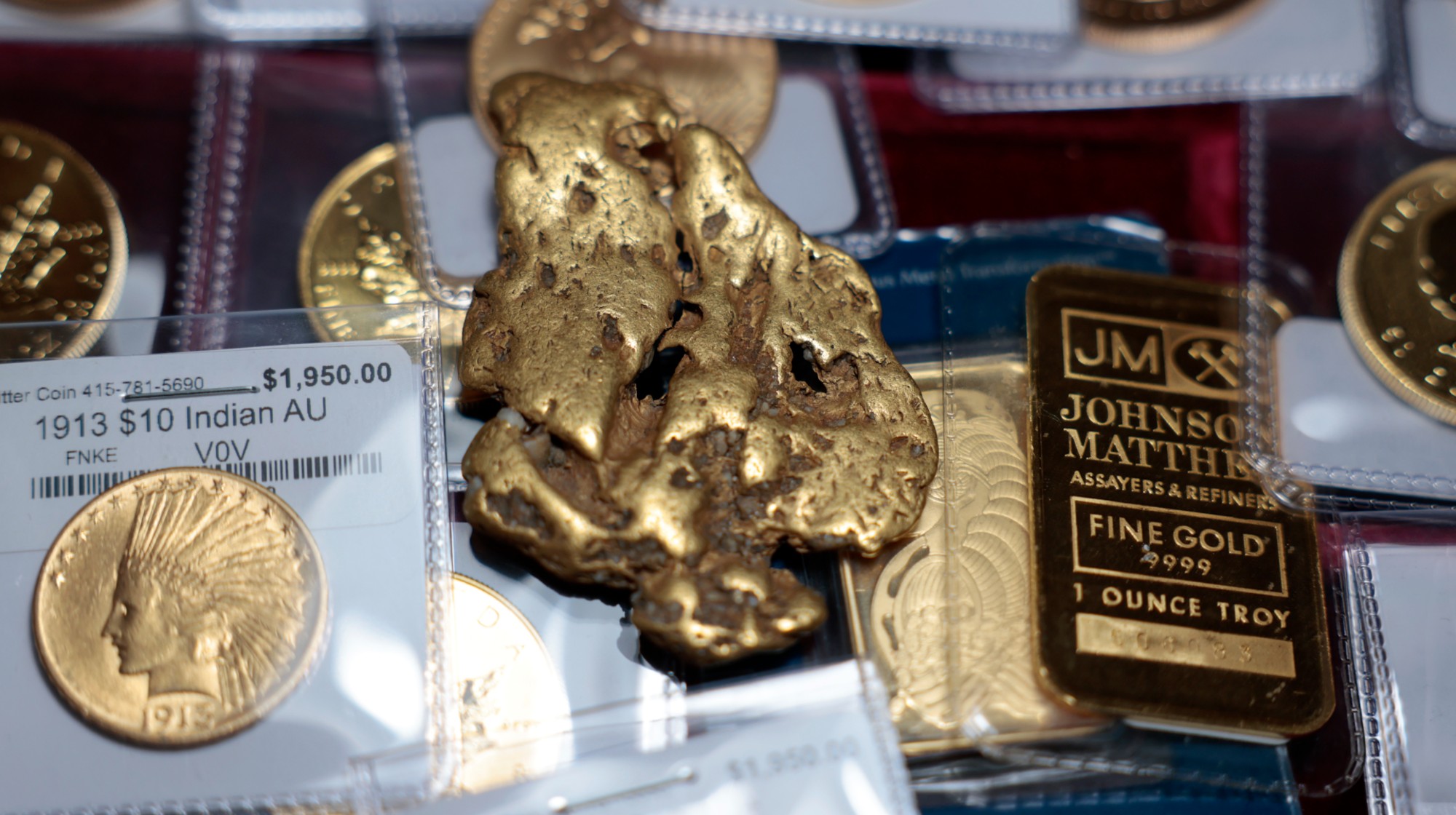 Gold tops $4K per ounce, signaling financial unease
Gold tops $4K per ounce, signaling financial uneaseSpeed Read Investors are worried about President Donald Trump’s trade war
-
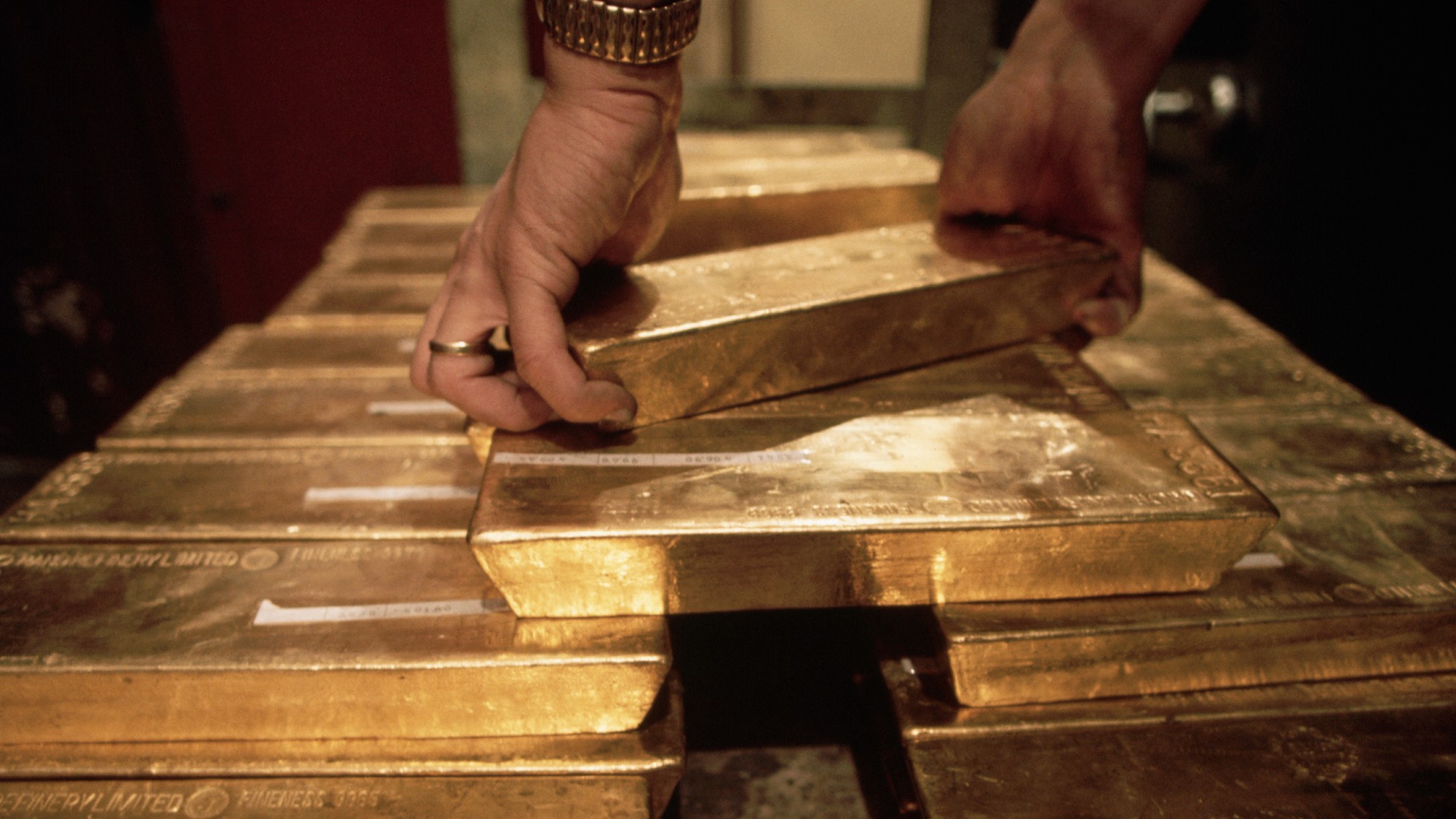 Safe harbor: Gold rises as stocks sink
Safe harbor: Gold rises as stocks sinkfeature It's a golden age for goldbugs
-
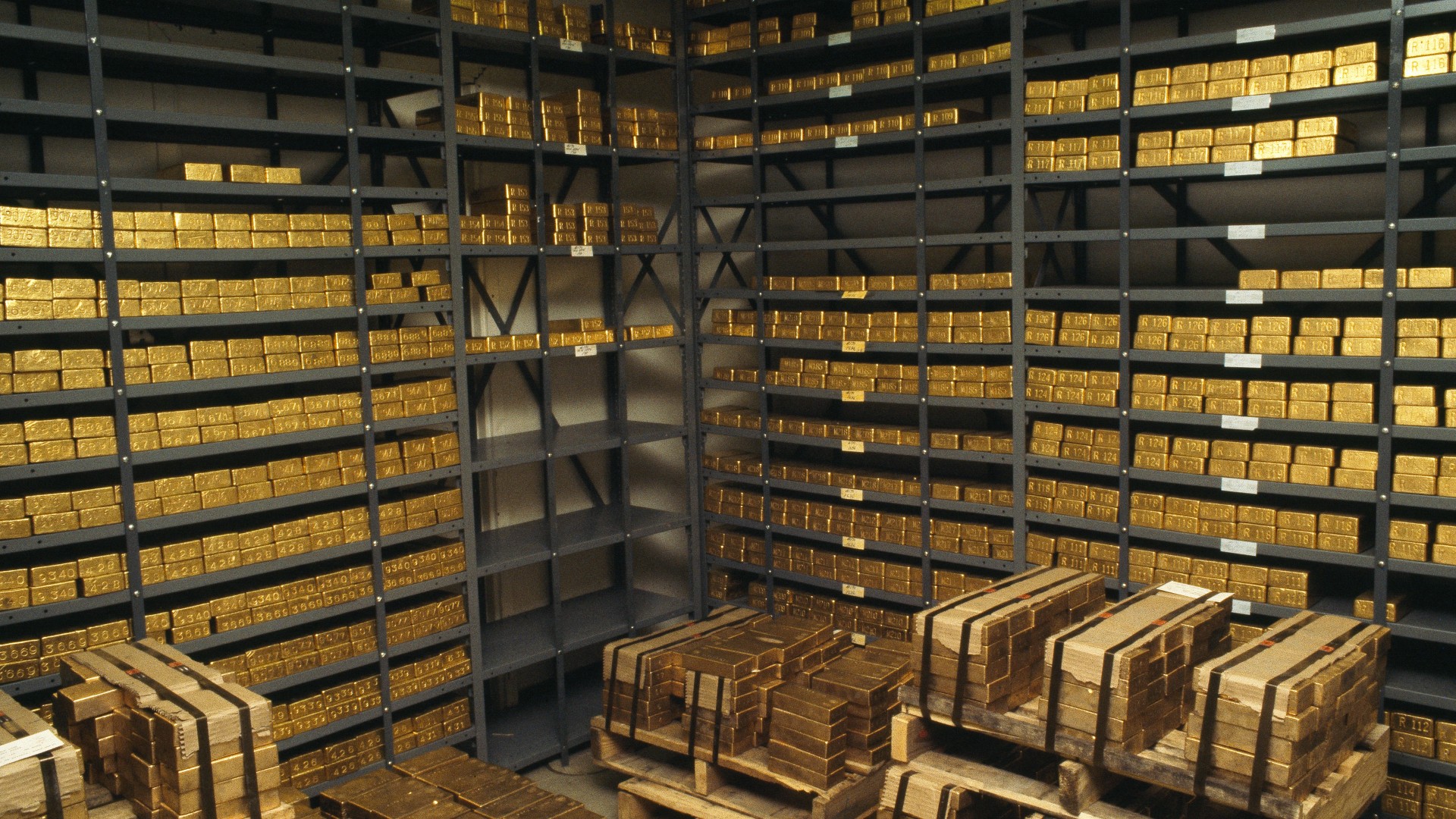 What rising gold prices can tell us about the economy in 2024
What rising gold prices can tell us about the economy in 2024The Explainer Market hits all-time high, boosted by a weakening US dollar and rising global tensions
-
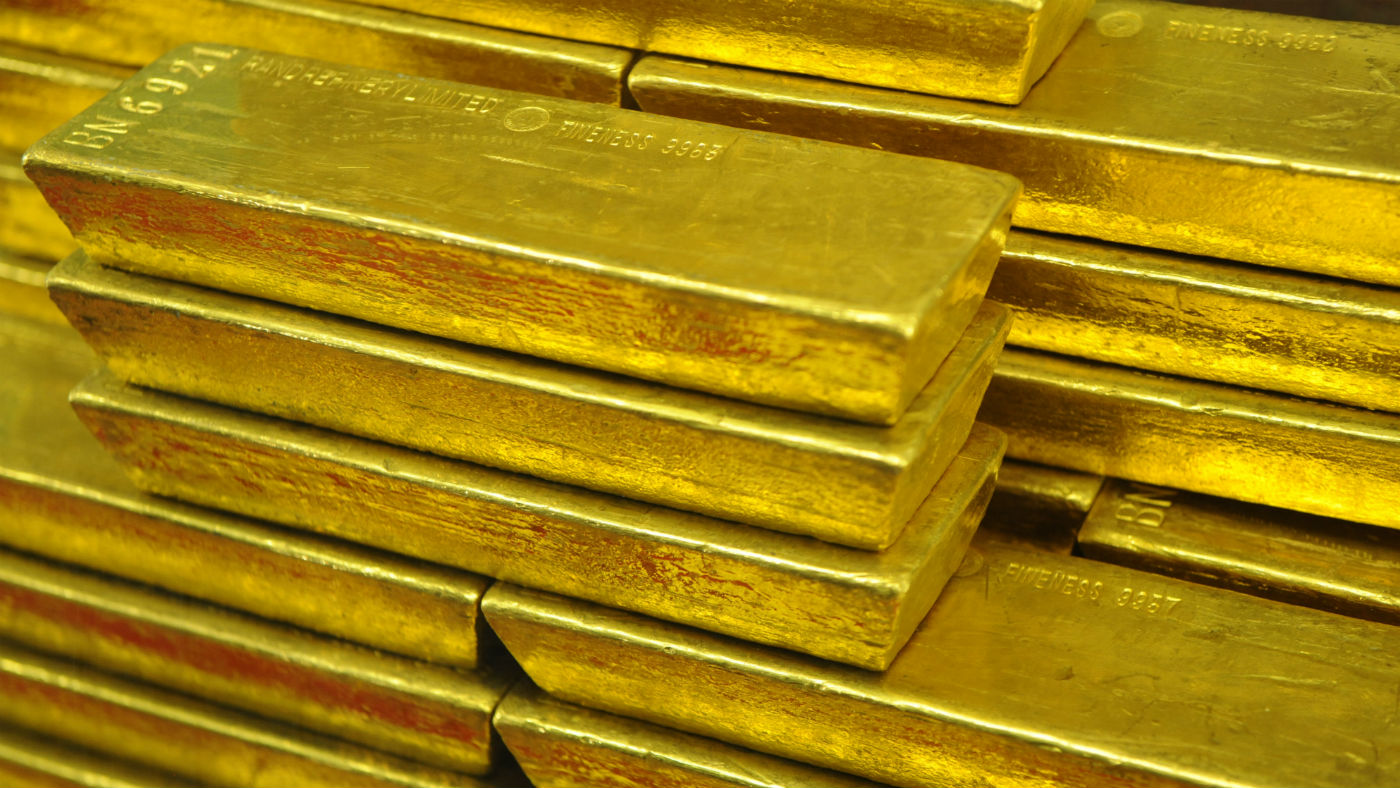 Gold’s ‘flash crash’: what the experts think
Gold’s ‘flash crash’: what the experts thinkfeature Bad news, good news and a loss of faith
-
 What is the price of gold and when is best to buy?
What is the price of gold and when is best to buy?Speed Read Economic and geopolitical uncertainty traditionally drives investors to reliable metal markets